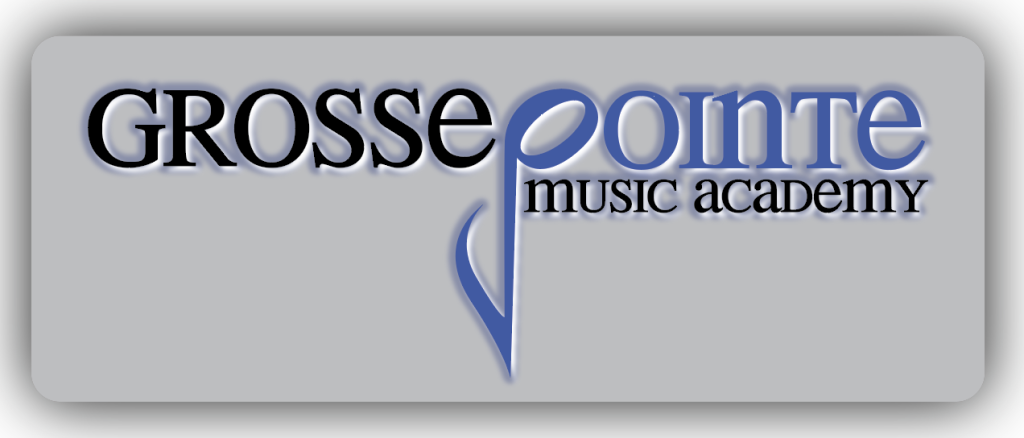By Henry Bahrou – Guitarist, Music Theorist, Music Academy Director
At first glance, the term tertian chords might sound like something out of science fiction—perhaps music from a distant planet. In reality, tertian harmony is one of the most fundamental and widely used systems in Western music. It’s so common that many musicians don’t even realize there are alternatives.
Tertian chords are built by stacking intervals of thirds—either major or minor. For example, if you take the notes C, E, and G, you’re forming a C major chord: C to E is a major third (4 half steps), and E to G is a minor third (3 half steps). A minor chord, such as A minor (A–C–E), reverses the order: the first interval is a minor third, and the second is a major third. These three-note chords (also called triads) serve as the foundation for most chord progressions in popular, jazz, and classical music.
Chords like C major, G major, D7, A minor, and E minor—all familiar to beginner guitar and piano students—are tertian chords. Their prevalence in nearly all modern styles makes understanding tertian harmony a key step in developing as a musician.
So, what lies beyond tertian harmony?
Non-tertian chords challenge conventional sounds. For example, tone clusters are built using seconds—notes that are right next to each other on the keyboard. Play C, C#, and D simultaneously, and you’ve created a tone cluster. These chords tend to sound dissonant and jarring, and while they are less common in mainstream pop music, they’re frequently used in experimental classical music, film scores, and avant-garde jazz.
Quartal and quintal harmonies are built using fourths and fifths rather than thirds. These chord structures are prominent in modern jazz and impressionistic classical music. Whether you interpret them as alternative harmonic frameworks or as variations within tertian systems, they provide a refreshing change from traditional triads and can be used to add color and tension to musical arrangements.
For students who want to dive deeper into the architecture of music, we recommend the book Harmony & Theory by Keith Wyatt. It’s a clear and practical guide for anyone serious about learning how chords work, how they’re built, and how to use them creatively.
Whether you’re just starting out or you’ve been playing for years, developing a deeper understanding of harmony will elevate your musicianship and expand your creative possibilities.


Leave a Reply